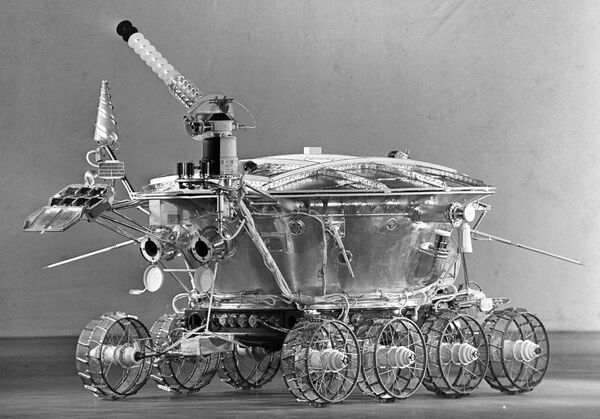WASHINGTON, April 29 (RIA Novosti) – French scientists successfully used a laser to find the Soviet-era Lunokhod 1 rover on the surface of the moon, 42 years after the first planetary exploration vehicle to land on another celestial body roamed the moon’s surface, media reports said Monday.

The scientists at the Côte d'Azur Observatory successfully bounced laser signals off a reflector that was known to be on the eight-wheeled Lunokhod 1 when it was carried to the moon on board the Soviet Luna 17 unmanned spacecraft in November 1970. The French team replicated their success for three nights last month, they told space.com.
Led by research engineer Jean-Marie Torre, the French scientists located the rover using a technique called laser ranging, which determines the distance to a target – in this case Lunokhod 1 -- by measuring the time required for a laser pulse to travel from a transmitter to a reflector on the target and back to a detector on Earth.
Their successful experiment comes three years after US scientists located the Soviet rover on the surface of the moon, also using laser ranging. Images sent back to Earth by NASA’s Lunar Reconnaissance Orbiter (LRO) helped the Americans to “pinpoint with laser pulses the exact location of the long lost light reflector left on the lunar surface by the Soviet Union nearly 40 years ago that many scientists had unsuccessfully searched for and never expected would be found,” space blog, dailygalaxy.com wrote.
Contact was lost with the rover in September 1971, around 10 months after it landed in the Sea of Rains on the moon’s surface.
During the 10 months that it was operational, Lunokhod 1 “covered more than 10 kilometers (six miles) and transmitted to Earth more than 20,000 images and 200 panoramic views,” Spanish online journal Europa Press wrote.
Then, in September 1971, the rover stopped sending data, and attempts to re-establish contact failed until the US and French teams used laser ranging to find the rover.


